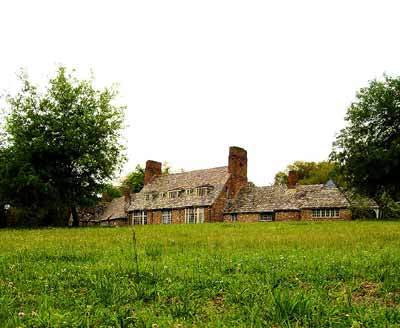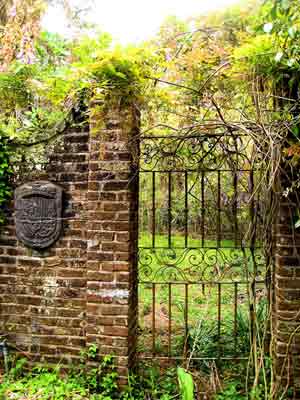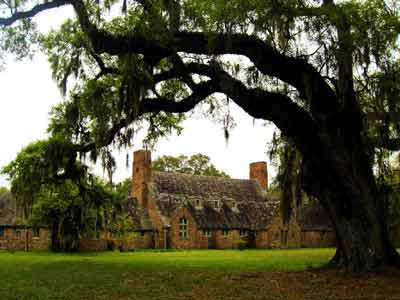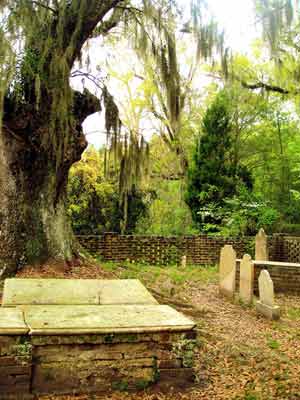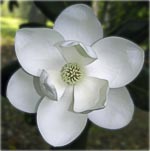Richmond Plantation – Huger – Berkeley County
Basic Information
- Location – Eastern branch of the Cooper River, Cordesville, Berkeley County
Located off SC 402 approximately 5 miles south of Cordesville
35 miles from Charleston
- Origin of name – ?
- Other names – Ellis, Girl Scout Camp, The Girl Scout Plantation
- Current status – Privately owned; listed for sale for $16,500,000 in 2025 (9)
Timeline
- ? – Earliest known date of existence - Dr. Martine owned a tract of land that included Richmond Plantation and Farmfield Plantation.
- 1769 – Colonel John Harleston purchased Richmond and Farmfield from Dr. Martine. Harleston made Richmond his home.
- 1793 – The property was divided after John Harleston death with Richmond becoming in posession of Harleston's daughter Jane who married Edward Rutledge. (3)
- ? – Richmond then passed to Harleston's granddaughter Sarah Harleston and her husband Dr. Benjamin Huger (1, p. 3).
- 1900 – J. St. Clair White purchased a total of 4,500 acres which included Richmond along with Bossis, Farmfield, and the Villa plantations (2).
- Sometime around the turn of the century, the house burned (1, p. 3).
- Late 1920s – George A. Ellis, Jr. purchased the property to develop into a hunting retreat and built the house that stands today. At this point, the combined plantations were called simply Richmond Plantation.
- 1956 – After the death of Mrs. Ellis, the property was sold to West Virginia Paper and Pulp Company, now MeadWestvaco Corporation (1, p. 7).
- 1963 – The Girl Scouts of Carolina Lowcountry, now Girl Scouts of Eastern South Carolina, purchased 153 acres including the acreage where the Richmond Plantation house stands. The plantation is used as a camp (1, p. 7).
- 2011 – Due to financial woes, the Girl Scouts of Eastern South Carolina put the property up for sale with an asking price of $7 million.
- 2013 – With all offers to purchase the plantation too low, the property was put up for auction on July 26, 2013. Charleston businessman Michael Bennett purchased Richmond Plantation at the auction for $2.2 million (8).
Land
- Number of acres – 4500 acres in 1900; 154 acres today
- Primary crop – Rice
- The Harleston-Rutledge cemetery remains on the property and contains the grave of John Harleston (1, p. 6).
Owners
- Chronological list – Dr. Martine (?-1769), Colonel John Harleston (1769-1793), Jane Harleston and Edward Rutledge (1793-?), Sarah Harleston and Dr. Benjamin Huger (?), J. St. Clair White (1900-late 1920s), Mr. and Mrs. George A. Ellis, Jr. (late 1920s-1956), MeadWestvaco Corporation (1956-1963), Girl Scouts of Eastern South Carolina (1963-2013); Michael Bennett (2013-present)
Slaves
- Number of slaves – ?
Buildings
- ? – House built - There was a house at Richmond Plantation that Colonel John Harleston and family lived in. A 1803 paintings of the house depicts a large two and a half story frame building on a brick foundation with two chimneys (1, p. 3).
- Circa 1927 – House built - Present day house was built by George A. Ellis, Jr. It is a one and one-half story brick building in the Shavian Manorial Style (2).
- Other buildings – While in the ownership of Dr. Benjamin and Jane Huger, stables, slave houses, and a barn, all painted white, were also on the property (5).
References & Resources
- National Register of Historic Places
– Nomination form - PDF - submitted in 1980
– Photographs, architectural overview
- Cooper River Historic District National Register of Historic Places (PDF)
- South Carolina Historical Magazine, Vol. XIII January 1912
- 30-15 Plantation File, held by the South Carolina Historical Society
– Research Guide
- John Beaufain Irving, A Day on Cooper River (1842)
(Whitefish, MT: Kessinger Publishing, LLC, 2010)
 Order A Day on Cooper River (1842)
Order A Day on Cooper River (1842)
- J. Russell Cross, Historic Ramblin's through Berkeley
(Columbia, SC: R.L. Bryan Company, 1985)
 Order Historic Ramblin's through Berkeley
Order Historic Ramblin's through Berkeley
- Sankofa's Plantation Data Collection
- Harriet McLeod, Scouts' U.S. Plantation Sale Nets $2.2 Million for Cash-strapped Group (New York, NY: Thomson Reuters, July 26, 2013)
- 2025 Real Estate Listing

